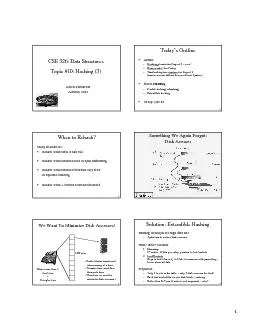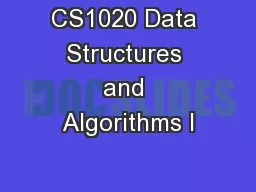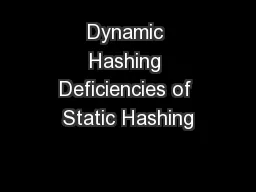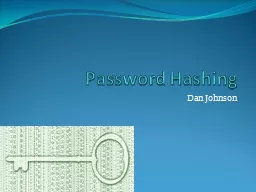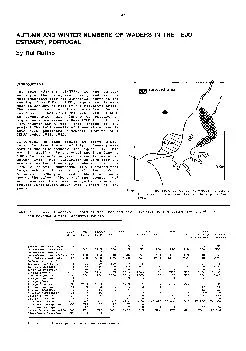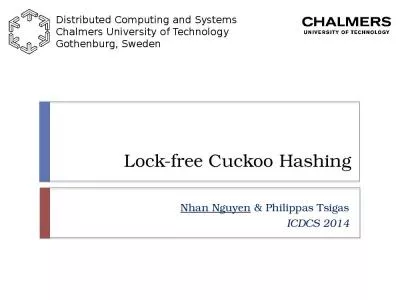PDF-1CSE 326: Data StructuresTopic #10: Hashing (3)Ashish Sabharwal Autumn
Author : luanne-stotts | Published Date : 2015-10-08
27001010011110111101Extendible Hash TableDirectory entry key prefixfirst Dbits and a pointer to the bucketwith all keys starting with that prefixBucket entry keys
Presentation Embed Code
Download Presentation
Download Presentation The PPT/PDF document "1CSE 326: Data StructuresTopic #10: Hash..." is the property of its rightful owner. Permission is granted to download and print the materials on this website for personal, non-commercial use only, and to display it on your personal computer provided you do not modify the materials and that you retain all copyright notices contained in the materials. By downloading content from our website, you accept the terms of this agreement.
1CSE 326: Data StructuresTopic #10: Hashing (3)Ashish Sabharwal Autumn: Transcript
Download Rules Of Document
"1CSE 326: Data StructuresTopic #10: Hashing (3)Ashish Sabharwal Autumn"The content belongs to its owner. You may download and print it for personal use, without modification, and keep all copyright notices. By downloading, you agree to these terms.
Related Documents

